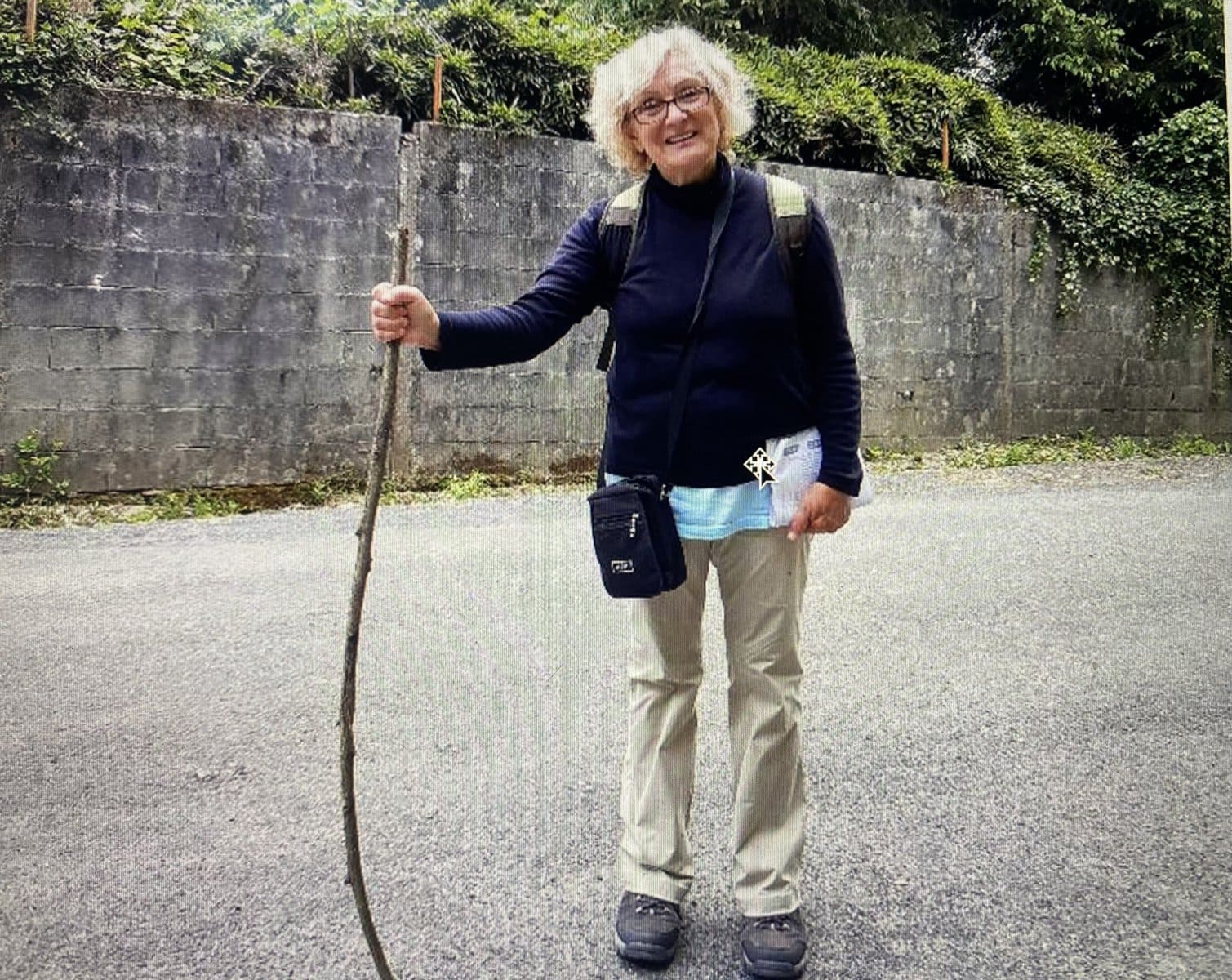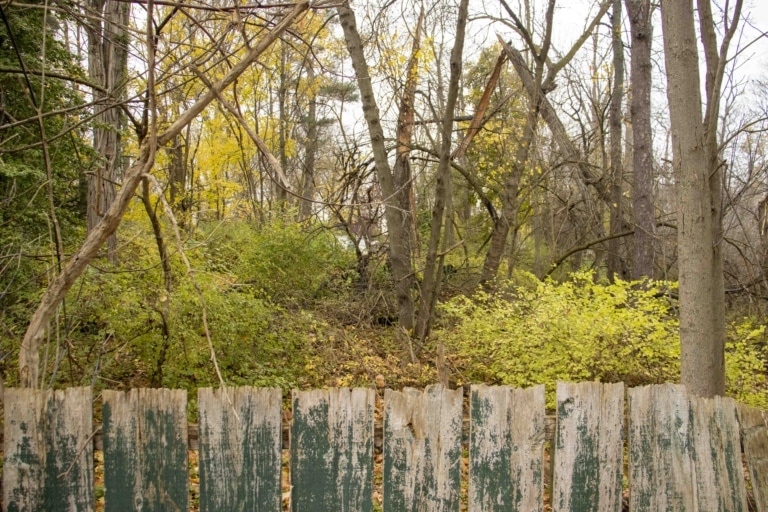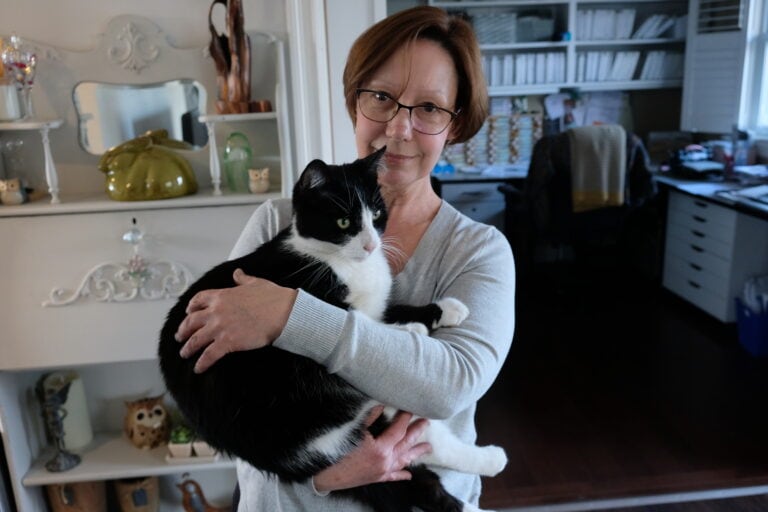The pandemic interrupted our Hometown Traveller feature, but now that travel has resumed, we invite readers to share their travel stories and adventures. Ideal length is about 600 words – and we’ll need pictures. Email editor@niagaranow.com and include Hometown Traveller in the subject line.
Danielle Gault
Special to The Lake Report
Everyone who embarks on a Camino de Santiago Pilgrimage, it seems, has a different, deeply personal reason for making the journey.
The Camino de Santiago (known in English as the Way of St. James) is a network of ancient pilgrim routes stretching across Europe and coming together at the tomb of St. James in Santiago de Compostela in northwest Spain.
The discovery of St. James’ bones around the 820s and the placement of his bones in the cathedral in Santiago inspired a pilgrimage of seekers who wanted to worship one of Jesus’s favourite disciples.
Whether your pilgrimage is religious, personal or meant to seek deeper meaning, all Camino routes end in Santiago de Compostela.
There, the bells of the cathedral go off at the top of every hour and every quarter-hour thereafter.
When the bells of the majestic cathedral ring, visitors pay attention. Their lovely, lively tone can trigger a feeling of gratefulness that you are alive.
My last Camino was from Santiago to Fisterra, which is also known as Finisterre.
My late husband Bill and I did our first Camino in 2011 as a challenge we decided to take on. Could we walk 100 kilometres and enjoy ourselves?
Our trek was called a home-based Camino, which meant we returned to the same hotel each day after walking. This was pleasant as we didn’t have to worry about unpacking and getting familiar with our surroundings.
My latest Camino, in 2019, was not home-based but at each stop, my luggage would already be at my hotel. All I had to do was find a restaurant for my evening meal.
As much of Europe eats later, I had to wait until 8 p.m. – which was unfortunate as I just wanted to go to bed and rest up for the next day’s journey.
Finisterre is also known as the Costa da Morte (Death Coast), so-called as it was declared at one time to be the end of the Earth and was the place from which pre-Roman people thought their souls ascended into heaven.
The name is appropriate for me given that I was taking this pilgrimage as a tribute to Bill, who died in 2018.
He was an upper atmosphere physicist who helped develop sophisticated instruments for NASA’s space shuttle program.
But he was interested in many things. I called him a Renaissance man because he had a wide range of in-depth knowledge of topics like geography, astronomy, history and more.
He was also empathetic about other people’s issues in life as a result of being widowed at a young age.
Our shared life together was filled with wonderful memories. Because he was an international scientist, we travelled to many countries, attending conferences and exploring cultures.
My background was in corporate training and human resource management. I got to give seminars and keynote addresses to folks in places such as New Zealand and New York state. We both managed to use our work as our hobbies while enjoying travelling at the same time.
As we were both widowed at a young age, when we met through mutual neighbours, we felt an instant bonding due to our grief as well as being single parents struggling to maintain a home life while pursuing our careers. Having those things in common, we got along famously.
Widowhood and a return to my tribute pilgrimage seemed to be a good match, so off to the trails I went for the second time.
The Camino trails are well-marked with either conch shells or yellow arrows. As you walk along on your journey, many pilgrims pass you, and most of them greet you with “Buen Camino,” meaning “Good Camino.”
You may see the same folks a few times on your trek or find them in a pub having a cold beer or looking for a washroom or getting their Pilgrim Passport stamped to prove they completed another part of their journey.
You have to walk 100 kilometres to get an official pilgrim certificate called a Compostela, so it is important to get a stamp as you arrive at specific locations.
A Camino pilgrimage can be many things to people. It can be a spiritual, physical or emotional event.
I walked for a week with one day off and my journey was only 90 kilometres as I didn’t need another certificate. My tribute walk ended in Finisterre and when I got to the end, I opened a big bottle of red wine and poured it into the water by the hotel – a symbolic gesture of appreciation for having such a lovely partner.
When Bill and I did the 100-kilometre English Way Camino from Ferrol to Santiago in 2011, we said that we would like to come back to hike the Camino Finisterre.
Seven years later, when I was 74, I did the Finisterre walk all by myself. It was a blessing, a challenge and a healing journey for me.
You never know what your pilgrimage will bring you. Buen Camino.
Danielle Gault is a Niagara-on-the-Lake resident.










